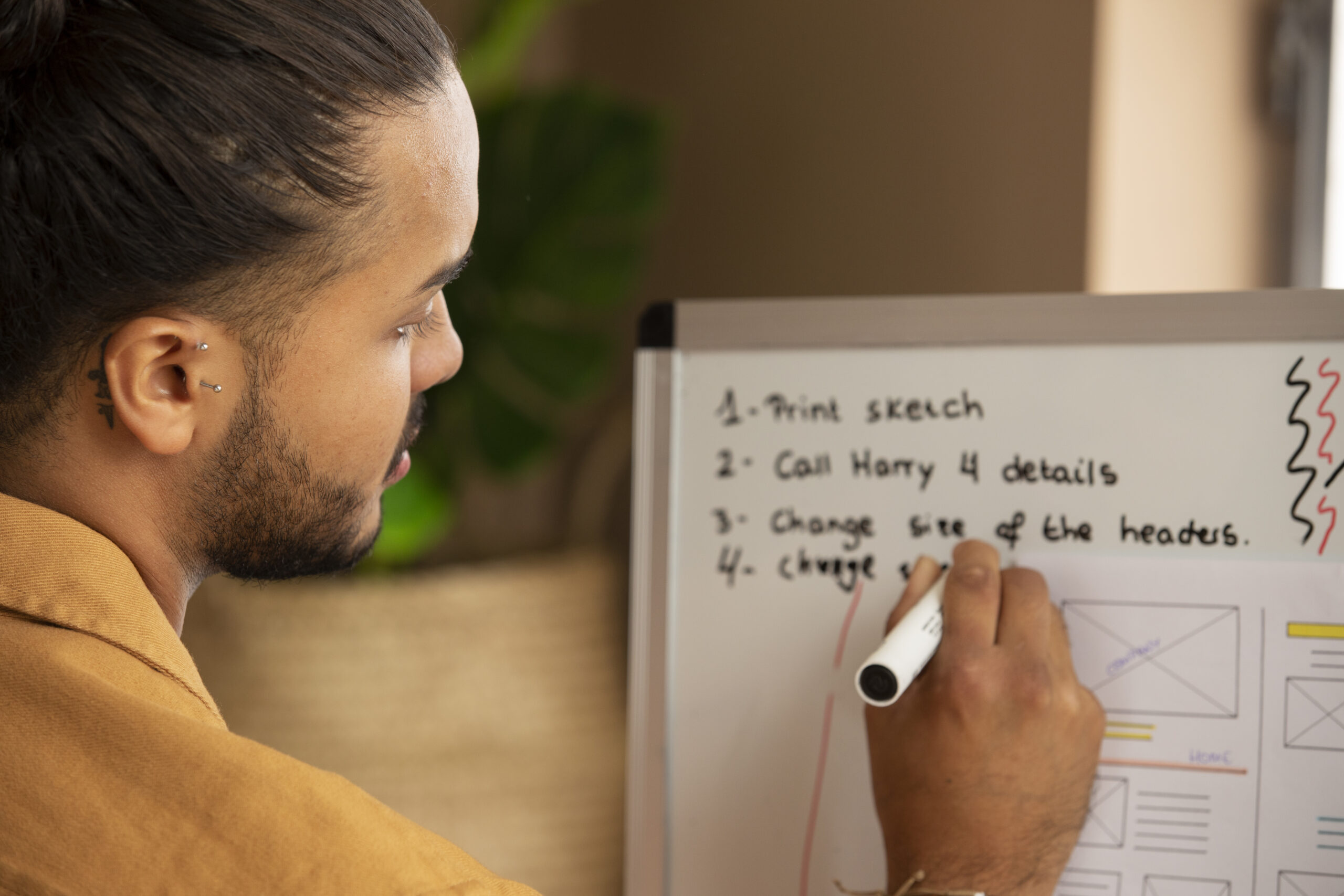
I remember the excitement of wandering through my local library as a kid. Every shelf was full of new ideas and possibilities, each book a doorway to a different world. That sense of curiosity and the drive to learn fueled my own journey toward professional growth. Today, I want to share practical strategies that can help you set goals, build habits, and ultimately unlock your full potential in both your personal and professional life.
Define What Truly Matters
Before you can set effective goals, it’s essential to understand what’s most important to you. Ask yourself: What are my core values and priorities? In my early years, I often visited the library with my parents, mesmerized by encyclopedias that covered everything from ocean depths to world history. This simple routine wasn’t just about absorbing facts; it was about discovering who I was and what sparked my curiosity. Your professional development journey begins with a similar clarity—knowing the ‘why’ behind your goals.
Reflect on your daily life. What is it that energizes you? Is it the satisfaction of solving a problem, the thrill of learning a new skill, or perhaps the inspiration drawn from connecting with others? When your goals align with your core values, staying committed becomes far less of a struggle and much more of a natural progression.
Set Specific, Actionable Goals

We’ve all been there—vowing to ‘do better’ without any real direction. Vague goals, like just wanting to be better, rarely spark actionable change. Instead, the secret lies in being precise. For instance, if you want to improve your reading habit, don’t simply say, “I want to read more.” Instead, specify: “I’m going to spend 20 minutes a day reading.” It’s all about turning an amorphous idea into a clear, measurable target.
Consider breaking down your larger ambitions into smaller, concrete actions:
- Define the exact outcome you desire. Rather than saying, “I want to learn a new skill,” pinpoint the skill and set a deadline: “I will complete an online course in digital marketing within the next three months.”
- Identify the resources you need. If you’re aiming to know more about financial literacy, maybe set a goal to read and summarize one personal finance book per month. The key is clarity.
This level of specificity not only provides direction but also creates a mental roadmap that keeps you motivated, especially on days when self-doubt creeps in.
Create Milestones for Your Journey
Big goals can feel overwhelming—sort of like staring down at the base of a mountain when your destination is the peak. That’s why breaking your journey into small, manageable milestones is crucial. Picture training for a marathon. You wouldn’t run 26 miles on your first day. Instead, you’d start with a 5K, then a 10K, progressing steadily until you reach the full distance.
Here’s how to create meaningful milestones:
- Outline a step-by-step plan. If your goal is to read 12 influential books in a year, list the books and designate time frames for finishing each one.
- Measure progress regularly. Tracking your milestones not only helps you celebrate the small wins but also shows you how far you’ve come. Whether you use a simple checklist or a more detailed journal, the act of recording progress reinforces your commitment.
- Adjust as needed. Sometimes, life throws unexpected obstacles your way. If you find that a milestone is unreachable within its allocated time, recalibrate your plan rather than abandoning your goal altogether. Flexibility is part of the process.
Build Momentum Through Habit Stacking

Once you have clearly defined goals and milestones, the next step is to integrate them into your daily routine. One of the most effective ways to do this is through habit stacking. The idea is simple: attach a new habit to something you already do every day.
For example, if you love your morning coffee, why not seize that moment to read a chapter of a book or jot down your daily goal on a sticky note left on your kitchen counter? Here’s how you can start stacking habits effectively:
- Identify an existing routine that’s non-negotiable in your day—like brushing your teeth or having breakfast.
- Pair your new habit with this routine. This could be as easy as reviewing your goals immediately after you brew your coffee each morning.
- Repeat consistently. The magic of habit stacking lies in everyday repetition. Over time, the new habit becomes a seamless part of your routine, much like the automatic act of drinking your morning brew.
For instance, I once set a goal of reinforcing my learning by reading for just 15 minutes every day. By stacking this new habit with my established morning routine—sipping coffee and scanning email—it gradually became as natural as adding milk to my brew.
Embrace Flexibility and Accountability
Even the most well-designed plans can be disrupted by life. It might be a delayed commute, a sudden meeting, or simply a rough day that makes it hard to stick to your routine. The key is understanding that missing a day doesn’t mean failure—it means you need to get back on track as soon as possible.
Here are some strategies to maintain momentum even when things don’t go as planned:
- Don’t let one missed day derail your progress. Aim to never miss two days in a row, but if you do, have a plan in place to catch up. This might mean doubling up on your efforts the following day or simply adjusting your schedule.
- Keep your goals visible. Whether it’s a dedicated whiteboard in your workspace, an inspiring image on your phone’s background, or a reminder set in your calendar, having a visual cue can be a powerful motivator.
- Find an accountability partner. The idea of not wanting to let someone else down can drive you to follow through. This could be a friend, a coach, or even a peer group where everyone is working towards similar goals. In my own journey, a combination of weekly self-reviews and a close circle of peers has made a world of difference.
- Regular tracking is essential. Make it a habit to, at the end of each week, ask yourself: What went well? What needs tweaking? Reflection not only keeps you aligned with your goals but also helps in refining your approach as priorities shift.
Turning Insights Into Action
All these strategies—clarity in what matters, specificity in goal setting, realistic milestones, habit stacking, and flexibility with accountability—work together to build a framework that supports consistent, long-term progress. The underlying message is simple: incremental changes, when applied consistently, pay off in dramatic ways over time.
If you’re feeling inspired to reframe your professional development, consider taking these steps today:
– Spend five minutes reflecting on what truly matters to you. Identify one area that you want to develop further.
– Write down one specific, actionable goal related to that area. Use the power of specificity to eliminate ambiguity.
– Break this goal into small, clear milestones. List out the steps required to achieve each part of the goal.
– Choose one existing habit to pair with your new initiative, turning the process into habit stacking.
– Set up a simple tracking method—whether it’s a daily journal, a checklist, or a digital reminder—and share your progress with an accountability partner.
The journey of professional development is not an overnight sprint but a lifelong marathon. By taking deliberate, manageable actions and tweaking your approach along the way, you create a sustainable path that leads not just to success in your career, but to a richer, more fulfilling life.
Today, I challenge you to pick one small change you can make. Make sure it’s something specific, measurable, and tied to an existing routine. Don’t overcomplicate things—simplicity is your greatest ally. Watch as these tiny adjustments snowball into big achievements, gradually transforming your habits and, eventually, your entire professional journey.
Make that commitment today. Set your goal, build your routine, and let your professional development flourish one step at a time.







